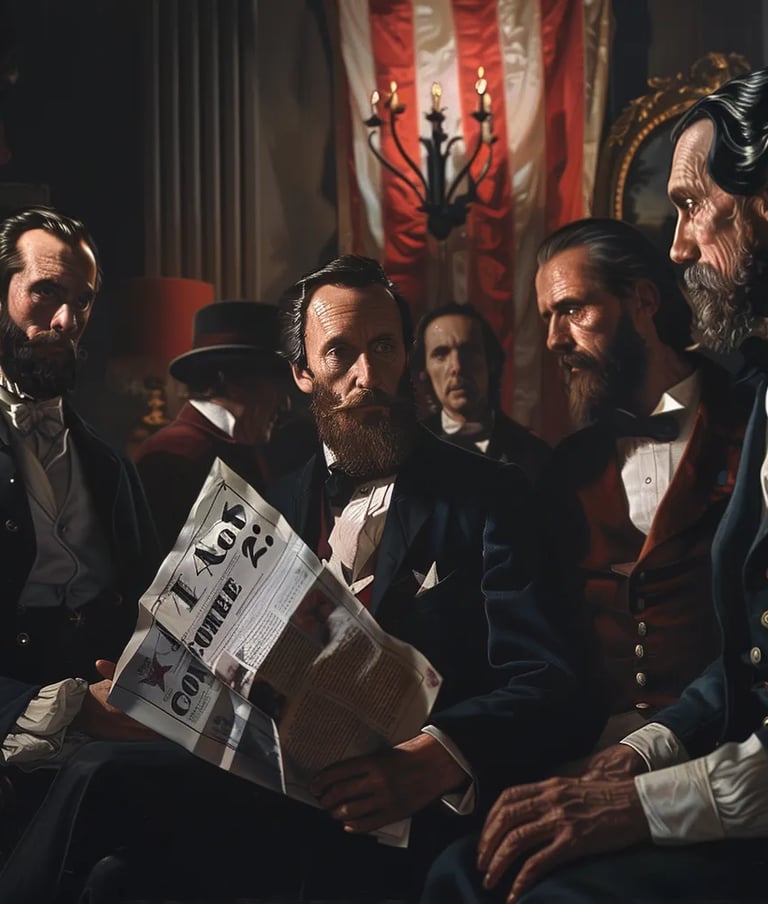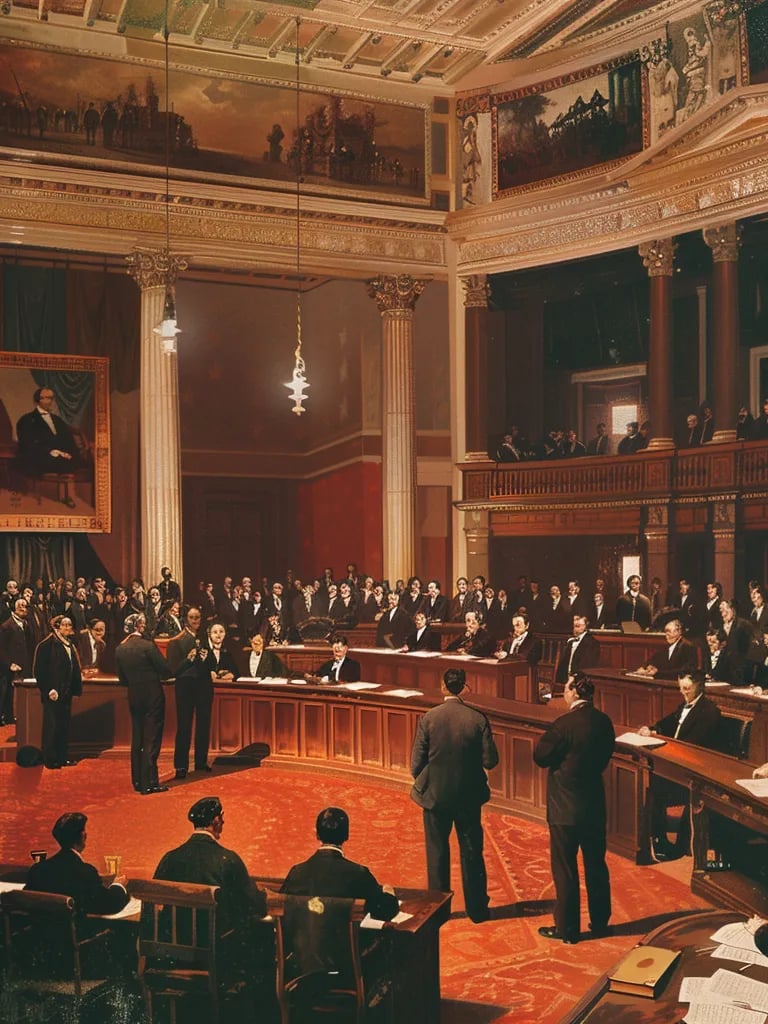Stranded, starving, and desperate, Spanish conquistador Álvar Núñez Cabeza de Vaca became the first known European to set foot in Texas on November 6, 1528. After a disastrous expedition, he and a handful of survivors washed ashore. Over the next years, he lived among Indigenous tribes, learning their ways, before making an epic journey to Mexico City, forever altering European perceptions of the New World.
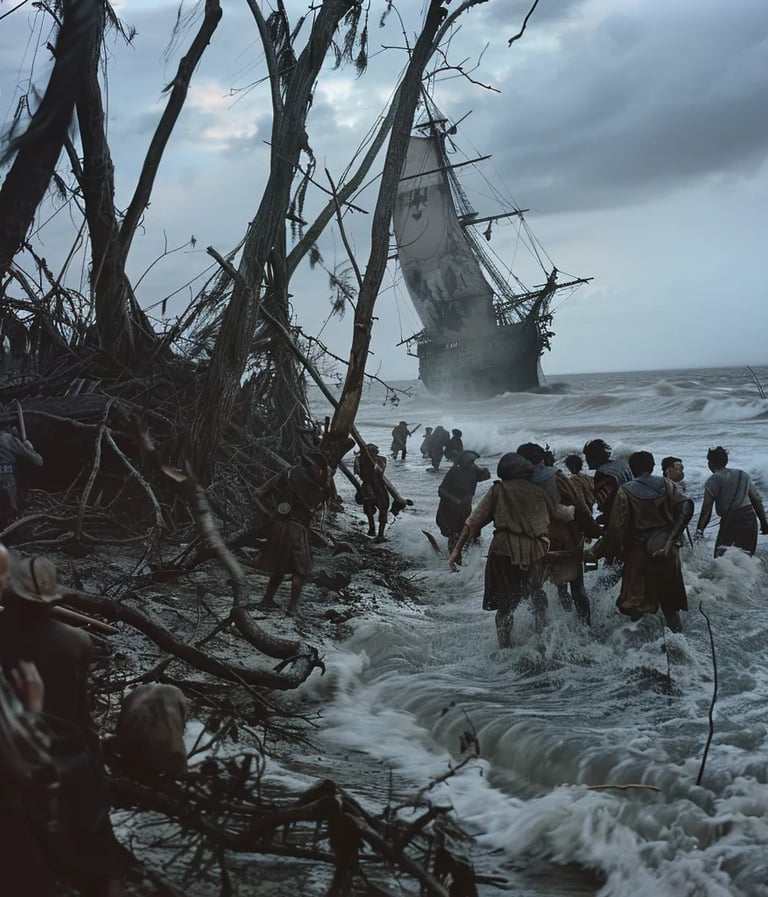

1528 – A Shipwreck Leads to an Unplanned Discovery of Texas
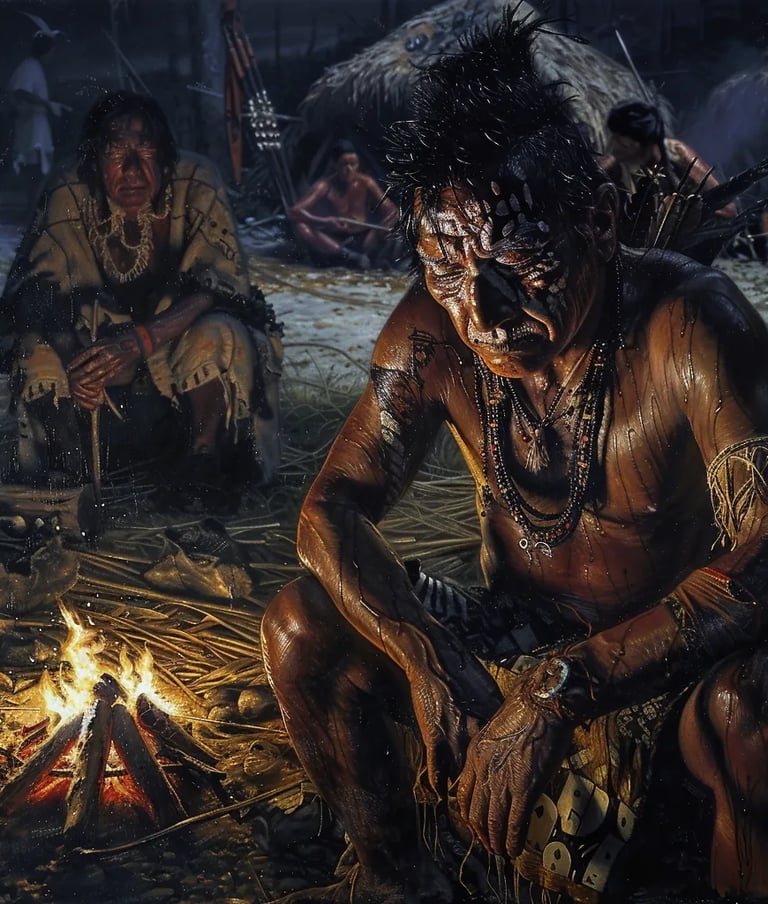



On this day, the French Revolutionary Army clashed with the forces of the Holy Roman Empire at the Battle of Jemappes. Despite being inexperienced and undertrained, the French troops achieved a decisive victory, marking one of their first major successes. This battle demonstrated the growing strength of the revolutionary forces, paving the way for France's expansionist ambitions during the tumultuous years that followed.


1792 – The Battle of Jemappes: France Strikes a Blow Against the Holy Roman Empire
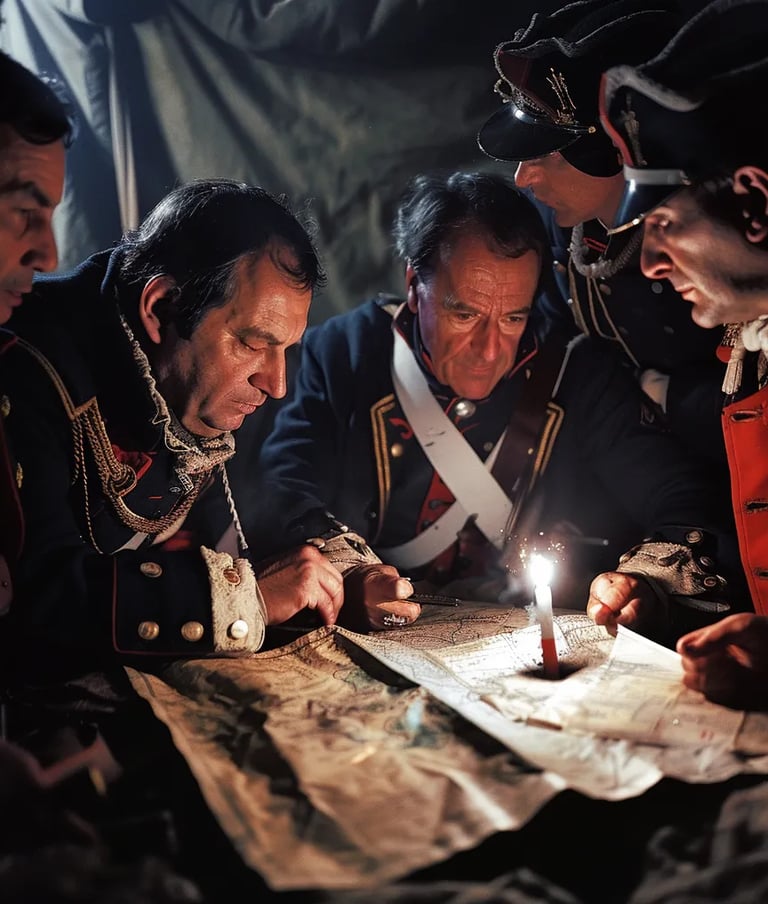



After years of resistance and conflict, Spain finally granted the Dominican Republic its independence on November 6, 1844. The move marked a turning point for the Caribbean nation, which had long fought for sovereignty. Though political instability would persist, the moment symbolized a hard-fought victory for the Dominican people as they continued shaping their national identity free from Spanish colonial rule.
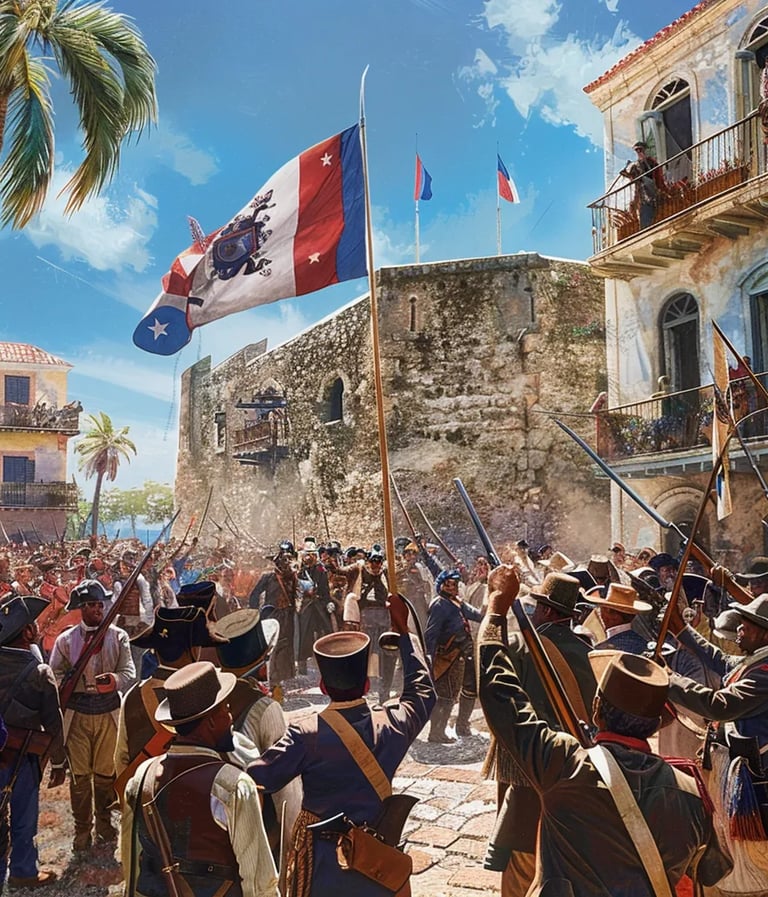

1844 – Spain Recognizes Dominican Independence After Years of Struggle




Hawaii took a significant step toward modernizing its firefighting capabilities when its first fire engine arrived on November 6, 1850. As fires were a constant threat to the growing city of Honolulu, this marked the beginning of organized firefighting efforts in the Hawaiian Kingdom. The fire engine became a symbol of progress and paved the way for a more structured and efficient fire department.
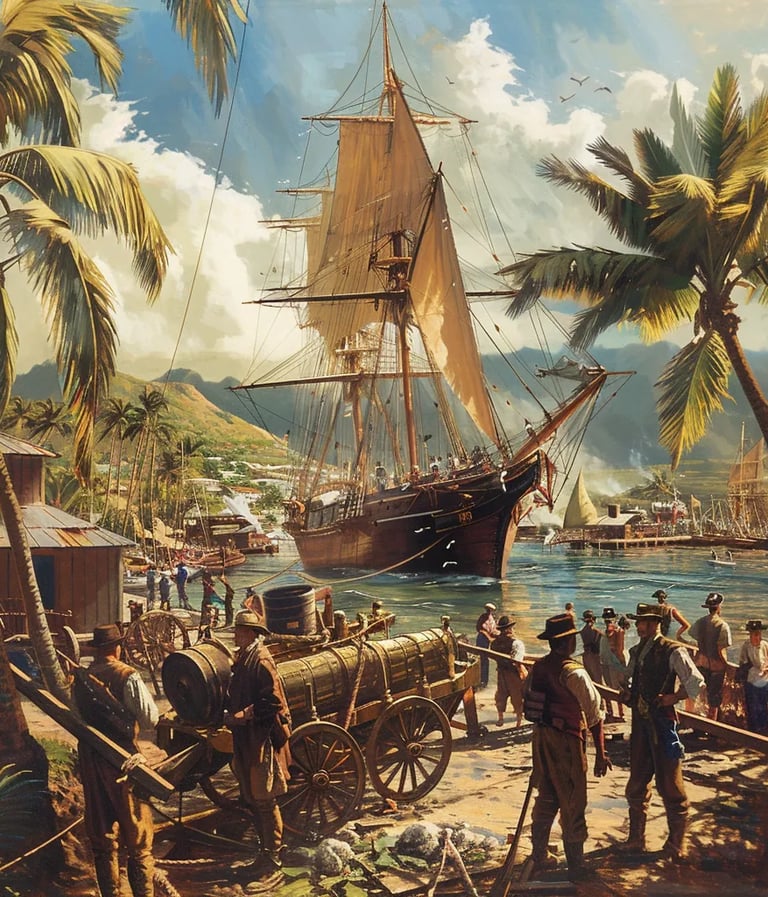

1850 – Hawaii’s First Fire Engine Arrives, Changing Island Safety Forever




On this day, Abraham Lincoln was elected as the 16th President of the United States, securing victory for the Republican Party. His election sparked outrage in the South, where fears of abolitionism led to secessionist movements. Within months, the country would be plunged into the Civil War, making Lincoln's presidency one of the most defining in American history.









